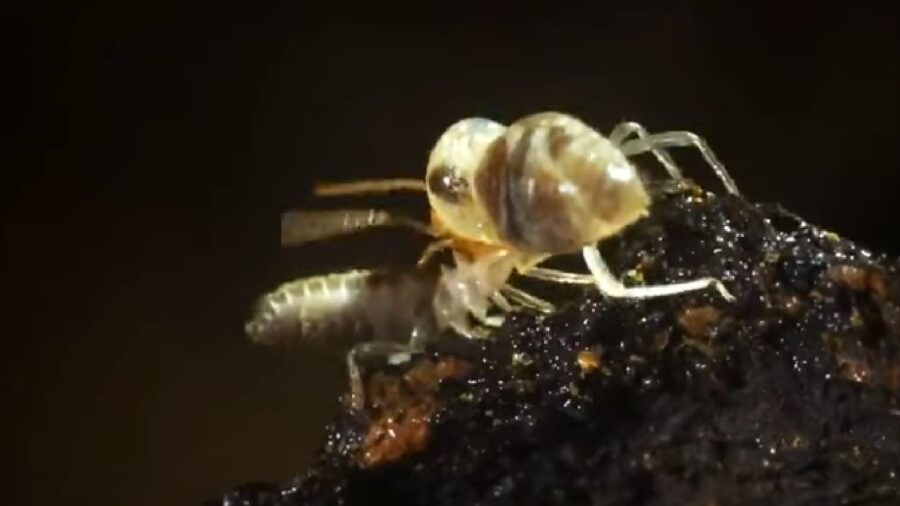Exploding Termites Are Real And Scientists Only Now Understand Them

Even in today’s modern world with our constantly advancing technologies, scientists are still making groundbreaking discoveries when it comes to nature and the endless species that have inhabited Earth for millennia. In 2012, a team of researchers discovered a species of exploding termites, also known as Kamikaze termites, that live in French Guiana, baffling them for years. After over a decade of research, we now understand why these termites are able to self-detonate and what makes them so volatile.
Primed To Blow

In 2012, a team of researchers observing a colony of Neocapritermes taracua termites noted the appearance of aging worker termites, who seemed to be equipped with a blue-spotted “rucksack” that had the ability to explode in an instant when the insect was threatened. Not only did this “rucksack” appear to be filled with an explosive capability, but the toxic liquid inside also poisoned any potential nearby enemy, completely neutralizing them.
For years, this process puzzled scientists who attempted to understand how these exploding termites were able to safely carry around these hair-trigger bombs on their backs.
Blue Crystal Ammunition

According to a new study that was published on August 15, researchers have finally been able to provide a detailed layout of the complicated structure of the enzyme that gives these exploding termites their Kamikaze nicknames. The termites are equipped with a specialized pair of glands in their abdomens that slowly secrete the enzyme blue laccase BP76 into small pockets that are located on their backs. Over time, these pockets form into “rucksacks” that appear as bluish crystals.
As the worker termites age, these “rucksacks” are perpetually armed, ready to explode as soon as the termite is threatened by secreting a secondary substance from their salivary glands, which mixes with the blue enzyme. Following the combustible mixture of the two substances, the termites explode, releasing a positive and sticky liquid that is capable of neutralizing and eventually killing the enemy.
Termites Are A Menace

Often referred to as “silent destroyers,” termites have been chewing through and destroying wood since the time that the dinosaurs roamed our planet. It is estimated that termites are responsible for over $5 billion worth of property damage every year, and that’s just in the United States. With that type of destructive capability, it’s hard to imagine how these tiny insects could possibly cause any more trouble, but for the exploding termites in French Guiana, destruction is their middle name.
A Sugar Safeguard

While the exploding termites are ready to blow at a moment’s notice, the team of researchers have broken down the three-dimensional structure of the enzyme that acts as a “stabilization strategy” for the termite. According to the study, the enzyme is tightly folded in on itself, acting as somewhat of a protective shell while the termites perform work around its colony. The tightly wound structure is also protected from a layer made of sugar molecules, which hardens enough to ensure the enzyme inside remains intact.
Understanding The Biology Of Termites

The study’s co-author, Pavlína Řezáčová, a structural biologist at the Czech Academy of Sciences, noted the importance of the team’s discovery. “Just as knowledge about individual components of an instrument sheds light on how it works, knowing the three-dimensional structure of a molecule helps us understand a biological process,” Řezáčová said in a statement given to EurekaAlert.
Source: Structure











